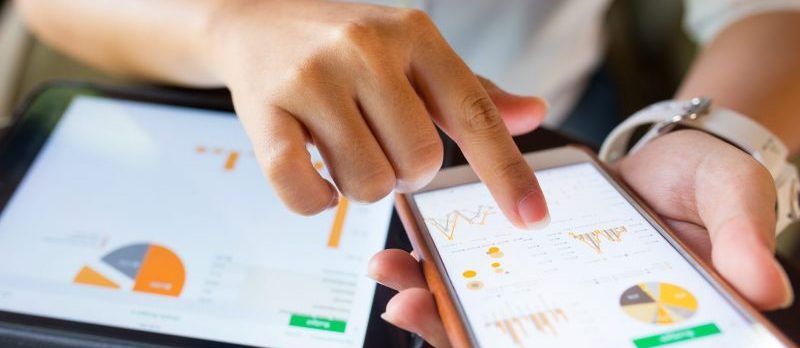This article is an excerpt from GovLoop’s recent guide, “6 Customer Experience Success Stories in Government.” Download the full guide here.
In 2017, Georgia collected hundreds of millions of dollars in child support across more than 400,000 cases. As you can probably imagine, maintaining a system that large is no easy task.
Officials at the Division of Child Support Services (DCSS) — part of the state’s Human Services Department — sought to develop a tool that would decrease walk-in traffic to field offices and provide a simple way for residents to manage their cases. The division wanted to further its mission of “stronger families for a stronger Georgia.”
The department has about 9,000 employees at several agencies. But because of the interaction-intensive nature of child support services, DCSS sees a disproportionate number of visitors to its offices and website services.
The Response
Local office staff requested additional services from the state. Based on that feedback and research from the Office of Information Technology, the state decided to increase its self-service options.
From this point, DCSS Director Tanguler Gray and company began discussing the viability of a mobile app. Eventually, the team decided it would develop it in-house to avoid paying vendor costs.
Gray’s team chose a mobile app over a mobile-responsive website, because the latter would have limited possible features, she said. Next came the legal research to determine what type of information could be shared with customers on the app. “There was a lot of research on Federal Communications Commission rules and regulations to make sure we’re not violating any of them,” Gray said.
DCSS then conducted three focus groups — one with state employees, one with custodial parents and another with noncustodial parents.
The Outcome
The resulting free mobile app went live on Sept. 1, 2016, and has since become a system mainstay. As of April 2, 2018, GA DCSS had been downloaded 111,731 times, and 62,177 users are classified as active. In this time frame, nearly $2 million in child support, specialty payments and fees have been paid through the app. With it, Georgia became the first state to offer citizens the ability to monitor child support cases and make payments through an app.
“We are very pleased with our results so far,” Gray said. “And we expect to see those download numbers increase.”
She explained that deployment has progressed in phases. The current phase — the third — introduces several new capabilities. For one, parents with custody can now direct deposit the child support money they receive via the app. Additionally, parents without custody can upload case documents to the app, which they couldn’t do before. Phase Four, which will soon be underway, will give the app a new color scheme that aligns with the state’s color palette and will change the name to “DCSS on the Go.
DCSS handles about 400,000 cases, which involve and affect some 800,000 people. As the app moves forward, Gray and her team hope it will soon reach 200,000 active users and eventually 400,000. Shifting 50 percent of the total caseload count to the app would be a huge success, she said.
By many counts, the app has already been a success. Since deployment, it has garnered several high-profile awards, including a National Association of State CIOs IT Recognition Award in the “Digital Government: Government to Citizen” category.
Getting Started
Gray and her team had a lot of support from the IT office, and they explained that the DCSS website saw a lot of traffic — more than the average division.
“You have to understand your demographic and what they’re using as a mechanism to get in contact with you,” she said. “What are the issues that they’re having? Is it something that can be resolved not only from a business perspective, but also from a customer perspective, where it’s a win-win for everybody?”





Bridging the digital divide is incredibly important and mobile data shows that it supports users who are in a lower socioeconomic status